By Chinenye Anuforo
The telecommunications industry recorded a slight decline in active mobile subscriptions in June 2025, as a result of regulatory enforcement and internal operator reviews of the market.
According to the latest industry statistics published by the Nigerian Communications Commission (NCC), active mobile lines fell to 171.73 million, down from 172.67 million in May, representing a monthly drop of approximately 941,870 subscriptions.
This dip is largely attributed to the continued enforcement of the federal government’s policy requiring all Subscriber Identification Modules (SIMs) to be linked to verifiable National Identification Numbers (NINs), a move aimed at enhancing digital identity management and curbing crime. In addition, a major rectification of subscriber data by one of the Mobile Network Operators (MNOs) also contributed to the reduction.
The ripple effect of this decline was also evident in Nigeria’s teledensity, which measures the number of active telephone connections per 100 inhabitants.
As of June 2025, teledensity stood at 79.22 per cent compared to 79.65 per cent in May. The figure is now calculated using the National Population Commission’s updated projection of 216 million residents, a shift from the previous 190 million estimate.
The latest figures also showed a highly concentrated market dominated by two players: MTN Nigeria and Airtel. Together, they control more than 86 per cent of the nation’s mobile subscriber base.
MTN retains its position as market leader with 89.2 million subscribers, representing 52 per cent of total subscriptions. Airtel follows with 59 million users, holding a market share of 34.38 per cent. Indigenous operator Globacom holds 12.18 per cent (20.9 million users), while 9mobile lags behind with just 2.4 million subscribers, accounting for 1.42 per cent of the market.
In terms of mobile technology generation, 4G continues to dominate, accounting for 50.80 per cent of total connections in June 2025, up from 50.29 per cent in May. Meanwhile, 5G subscriptions rose to 3.07 per cent, up from 2.93 per cent, signalling a slow but steady adoption of next-generation connectivity.
Older technologies are declining in usage, with 2G dropping slightly to 38.47 per cent and 3G falling further to 7.66 per cent.
This shift reflects ongoing investments in network modernisation and a gradual increase in 5G-compatible devices, though affordability and coverage remain barriers to wider adoption.
Despite growing digital demand, Nigeria’s total internet subscriptions declined slightly in June. The number of active internet users fell from 141.57 million in May to 141.17 million in June, with mobile GSM users accounting for the bulk of this figure at over 140.6 million.
Fixed wired subscriptions rose from 14,599 in May to 26,794 in June, indicating marginal growth in fixed-line connectivity. Voice over IP (VoIP) users also increased modestly to 212,470.
Broadband penetration followed the overall downward trend, slipping from 48.81 per cent in May to 48.78 per cent in June, with total broadband subscriptions falling slightly to 105.75 million.
In contrast to the decline in subscriber numbers, data consumption surged marginally, rising to 1.04 million terabytes (TB) in June, compared to 1.043 million TB in May. This suggests that while there are fewer internet users, individual data usage is increasing, driven by video streaming, remote work, social media, and e-commerce activities.
The June 2025 telecoms performance highlights the complex dynamics in Nigeria’s digital economy. Regulatory clean-ups are helping to sanitise subscriber records, but market consolidation and declining broadband growth could stall digital inclusion goals.
While overall data usage is climbing, the shrinking subscriber base and stagnant broadband penetration emphasise the need for renewed investment in infrastructure, device affordability, and rural connectivity.



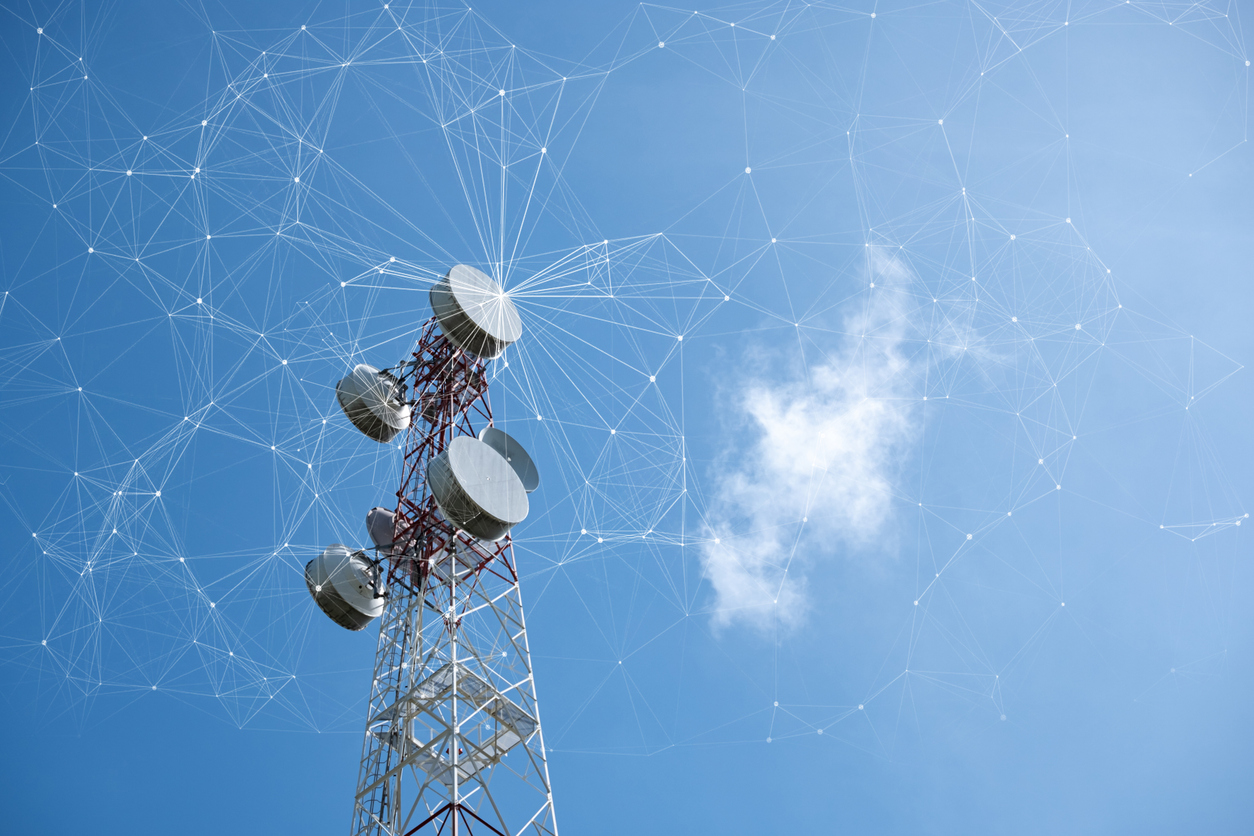







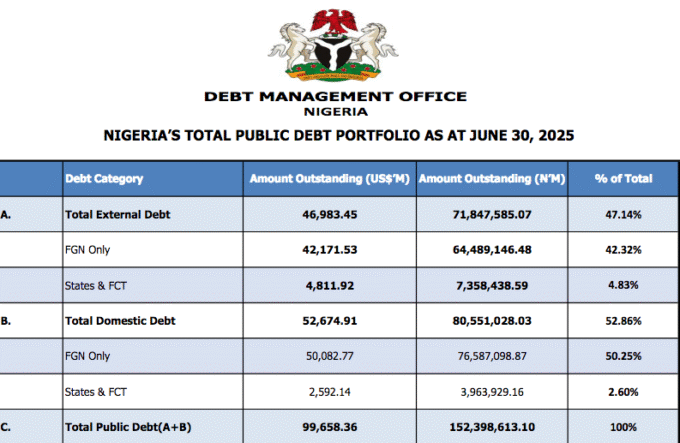



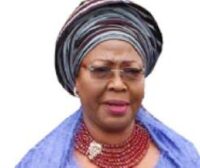
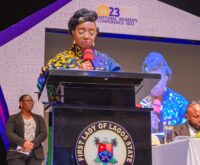
Leave a comment